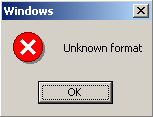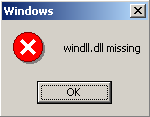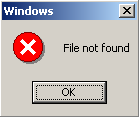Parent class: VirWare
Viruses and worms are malicious programs that self-replicate on computers or via computer networks without the user being aware; each subsequent copy of such malicious programs is also able to self-replicate. Malicious programs which spread via networks or infect remote machines when commanded to do so by the “owner” (e.g. Backdoors) or programs that create multiple copies that are unable to self-replicate are not part of the Viruses and Worms subclass. The main characteristic used to determine whether or not a program is classified as a separate behaviour within the Viruses and Worms subclass is how the program propagates (i.e. how the malicious program spreads copies of itself via local or network resources.) Most known worms are spread as files sent as email attachments, via a link to a web or FTP resource, via a link sent in an ICQ or IRC message, via P2P file sharing networks etc. Some worms spread as network packets; these directly penetrate the computer memory, and the worm code is then activated. Worms use the following techniques to penetrate remote computers and launch copies of themselves: social engineering (for example, an email message suggesting the user opens an attached file), exploiting network configuration errors (such as copying to a fully accessible disk), and exploiting loopholes in operating system and application security. Viruses can be divided in accordance with the method used to infect a computer:- file viruses
- boot sector viruses
- macro viruses
- script viruses
Class: Virus
Viruses replicate on the resources of the local machine. Unlike worms, viruses do not use network services to propagate or penetrate other computers. A copy of a virus will reach remote computers only if the infected object is, for some reason unrelated to the virus function, activated on another computer. For example: when infecting accessible disks, a virus penetrates a file located on a network resource a virus copies itself to a removable storage device or infects a file on a removable device a user sends an email with an infected attachment.Read more
Platform: Win32
Win32 is an API on Windows NT-based operating systems (Windows XP, Windows 7, etc.) that supports execution of 32-bit applications. One of the most widespread programming platforms in the world.Description
This primitive Win32 virus is a Windows PE EXE file 28672 bytes in size, written in Visual Basic.
The virus copies itself to a range of folders on the victim machine under a range of names.
Once launched, the virus will cause one of the following fake error messages to be displayed:




Notwithstanding the error messages, the virus will then start to spread on the victim machine.
The virus scans the victim machines for files with an EXE extension. It then copies itself to the folder where each EXE file is located. It will save the copy under the same name as the original EXE file, but will add a single random letter to the beginning of the file name.
Example:
- Original file name: notepad.exe
- Virus creates a copy called pnotepad.exe
The virus also scans the computer for files with the extensions JPG, AVI and MP3. It will then copy itself to the folders where these files are located, saving the copy with the original file name, but adding an EXE extension.
Example:
- Original file name: sample.jpg
- Virus creates a copy called: sample.jpg.exe
Read more
Find out the statistics of the vulnerabilities spreading in your region on statistics.securelist.com